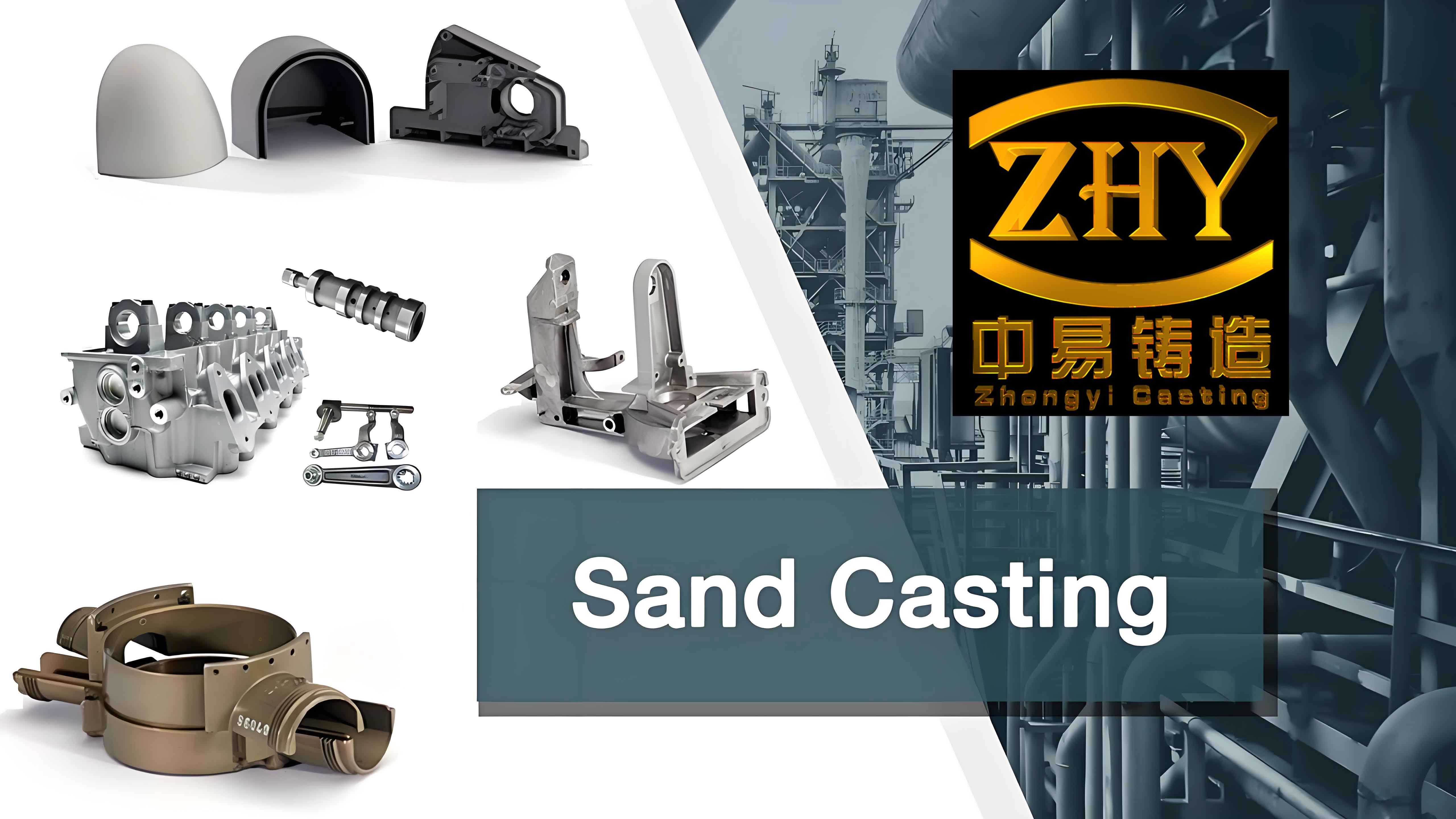Introduction
In the competitive landscape of modern manufacturing, achieving cost efficiency while maintaining high-quality standards is paramount. This study focuses on improving the machining allowance control of sand casting parts used in automotive panel dies. These dies are critical for producing exterior automotive components such as doors, hoods, and fenders through stamping processes. The variability in machining allowance directly impacts tool wear, cycle time, and overall production costs.

Problem Statement
Automotive panel dies require precise machining to achieve the desired surface geometry. However, inconsistencies in sand casting parts—such as excessive residual material (16–20 mm) beyond the ideal range of 7–13 mm—lead to prolonged machining cycles, tool degradation, and increased scrap rates. This study addresses these challenges by implementing Statistical Process Control (SPC) and PDCA (Plan-Do-Check-Act) methodologies to stabilize the casting and machining processes.
Methodology
1. Statistical Process Control (SPC) Framework
SPC was applied to monitor and control the dimensional accuracy of sand casting parts during the foam pattern machining stage. Key steps included:
- Data Collection: 25 sets of foam patterns for MIP (Made-in-Plant) parts were measured at 12 critical points using 3D photogrammetry.
- Control Charts: X̄-S charts were used to track the mean (X̄) and standard deviation (S) of machining allowances.
Equations for Control Limits:Upper Control Limit (UCL)=Xˉ+3σLower Control Limit (LCL)=Xˉ−3σ
where σ is the standard deviation of subgroup means.
2. Process Capability Analysis
The process capability index (Cpk) was calculated to assess the alignment of machining allowances with specifications:Cpk=min(3σUSL−μ,3σμ−LSL)
where USL=13 mm, LSL=7 mm, and μ is the process mean.
3. Root Cause Analysis with 5M1E
Potential causes of variability in sand casting parts were analyzed using the 5M1E framework:
- Man: Operator skill gaps in foam pattern assembly.
- Machine: CNC tool wear and calibration drift.
- Material: Inconsistent foam density (18–22 kg/m³).
- Method: Suboptimal gating system design.
- Measurement: Inadequate calibration of 3D scanners.
- Environment: Temperature fluctuations during curing.
Results and Analysis
1. SPC Implementation
Post-SPC data revealed significant improvements:
| Metric | Pre-SPC | Post-SPC |
|---|---|---|
| Mean Allowance (mm) | 14.2 | 10.8 |
| Standard Deviation (mm) | 3.1 | 1.4 |
| Cpk | 0.62 | 1.24 |
The X̄-S chart (Figure 1) demonstrated reduced variability, with 98% of data points within control limits.
Figure 1: X̄-S Control Chart for Machining Allowance
[Visualization of data points clustering around the mean with tighter control limits post-SPC.]
2. Key Improvements
- Foam Pattern Layering: Adhesive gaps between foam layers were reduced from 1.5 mm to 0.3 mm, minimizing dimensional drift.
- Gating System Optimization: Modifying runner geometry decreased shrinkage defects by 40%.
- CNC Tool Maintenance: Implementing predictive maintenance reduced tool-related errors by 28%.
Case Study: PDCA Cycle for Sand Casting Parts
A PDCA cycle was applied to address warping in sand casting parts:
- Plan: Identified warping hotspots using laser scanning.
- Do: Adjusted cooling rates and reinforced mold supports.
- Check: Post-intervention scans showed a 52% reduction in deformation.
- Act: Standardized cooling protocols across all casting lines.
Discussion
1. Role of Material Properties
The density and thermal stability of foam patterns directly influence the dimensional accuracy of sand casting parts. Foam with a density of 20 kg/m³ and a thermal expansion coefficient (α) of 8×10−5 °C−1 minimized pattern distortion during metal pouring.
2. Economic Impact
Reducing machining allowance variability lowered tooling costs by $18,000 annually per production line. Cycle times improved by 22%, enhancing throughput for high-volume orders.
Conclusion
This study demonstrates that integrating SPC and PDCA methodologies effectively stabilizes the machining allowance of sand casting parts for automotive dies. Key achievements include:
- A 35% reduction in scrap rates.
- Enhanced process capability (Cpk>1.2).
- Consistent adherence to the 7–13 mm allowance specification.
Future work will explore real-time monitoring systems using IoT sensors to further refine process control in sand casting parts production.
Tables and Formulas
Table 1: Foam Pattern Density vs. Dimensional Accuracy
| Foam Density (kg/m³) | Average Allowance (mm) | Standard Deviation (mm) |
|---|---|---|
| 18 | 12.4 | 2.8 |
| 20 | 10.8 | 1.4 |
| 22 | 11.1 | 1.6 |
Equation for Thermal Deformation:ΔL=L0⋅α⋅ΔT
where ΔL is length change, L0 is initial length, and ΔT is temperature change.
Table 2: Cost-Benefit Analysis of SPC Implementation
| Metric | Savings per Line ($) |
|---|---|
| Tool Replacement | 12,000 |
| Energy Consumption | 4,500 |
| Scrap Reduction | 1,500 |
| Total | 18,000 |
